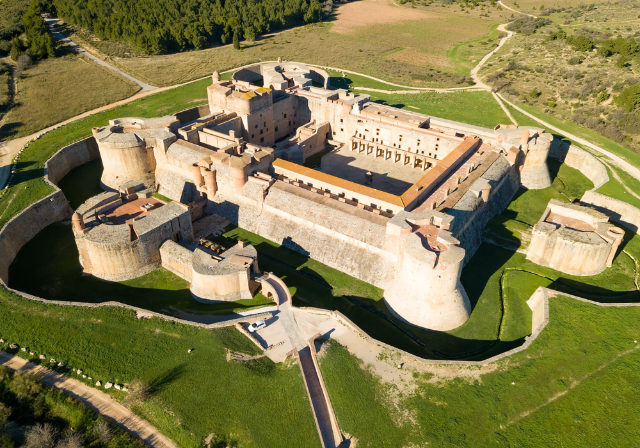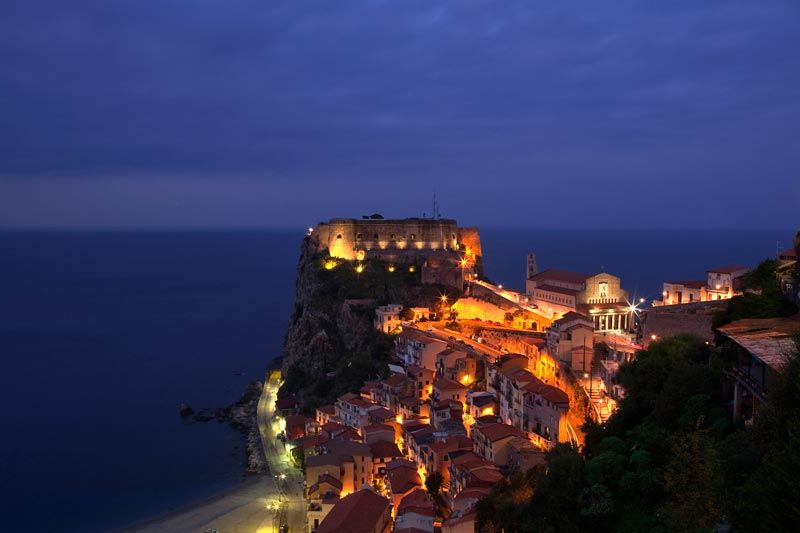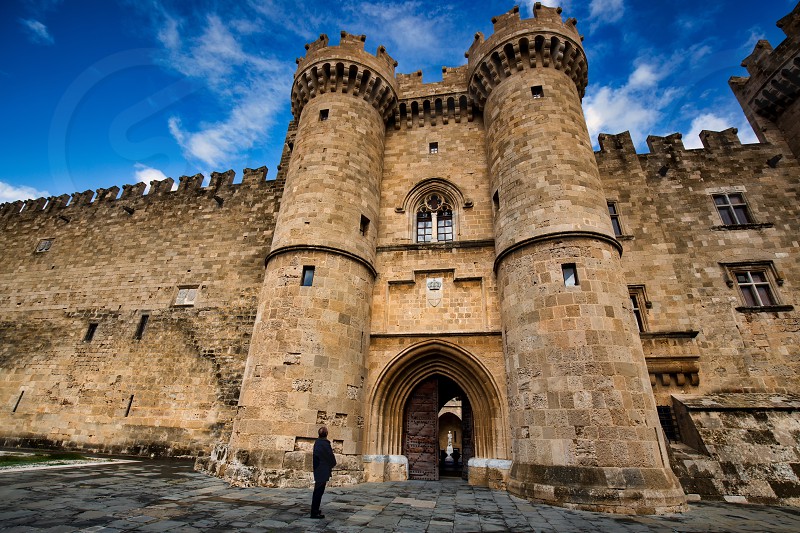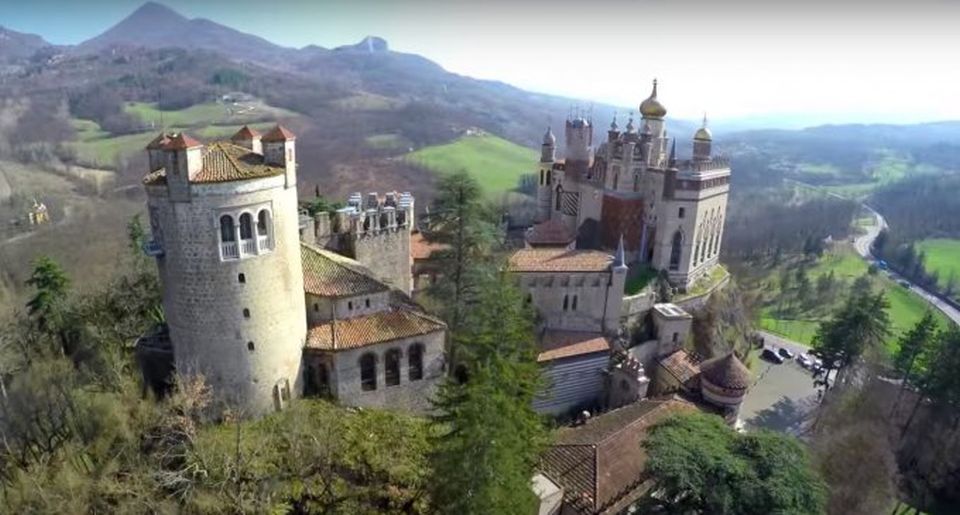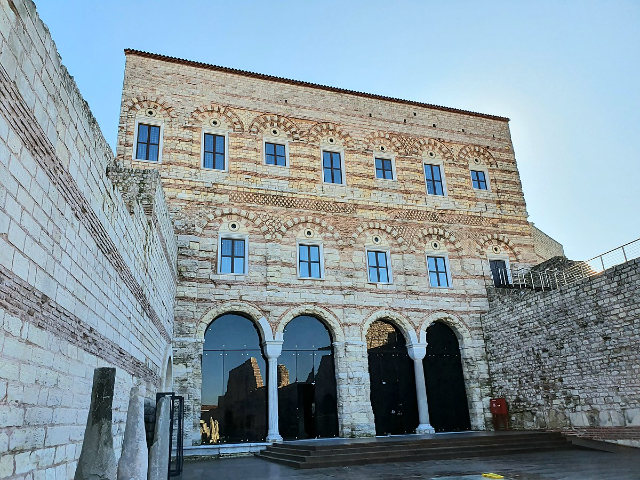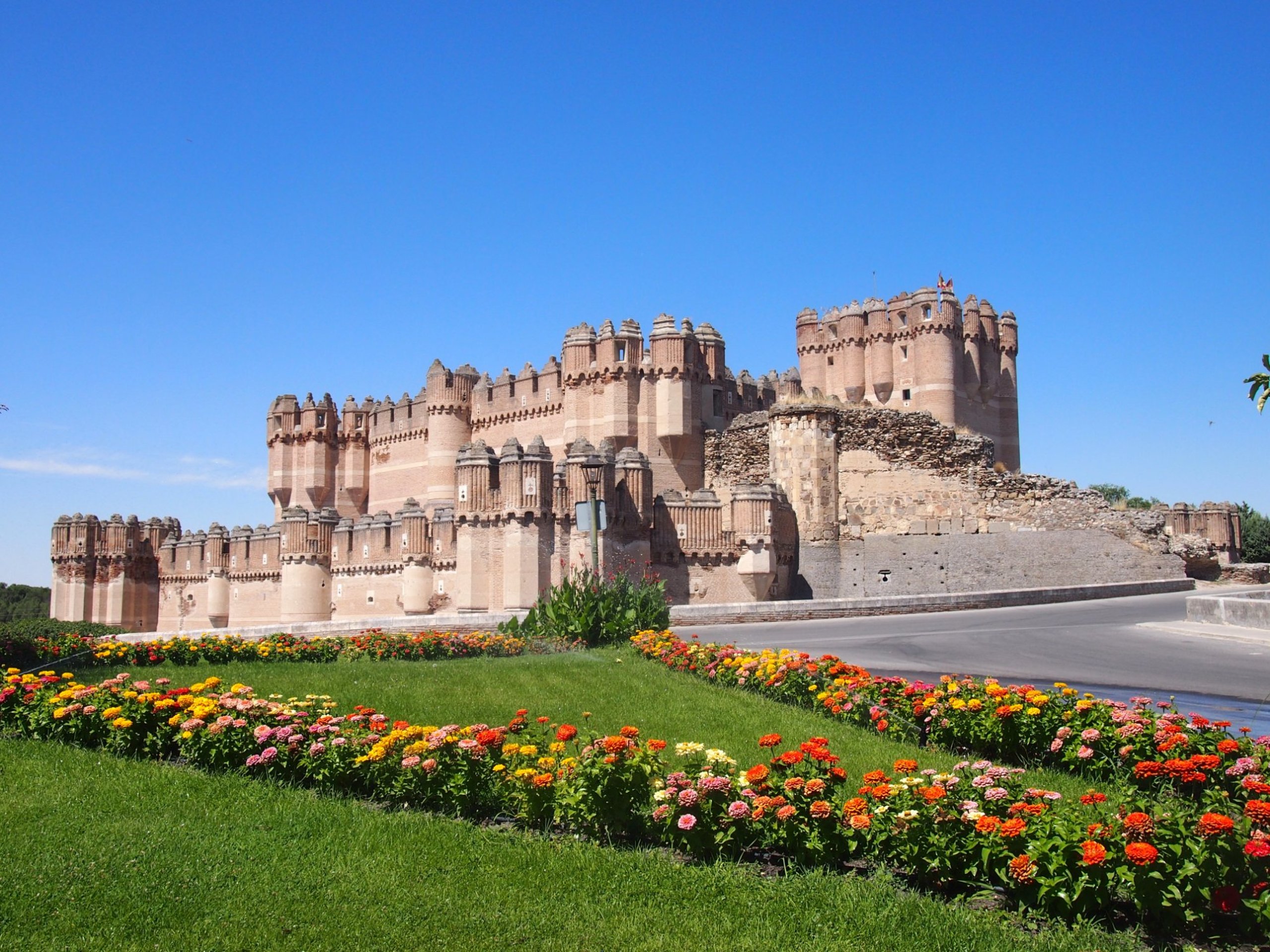The Château de Salses, located in Salses-le-Château, France, is indeed a remarkable fortress that shows the transition from medieval defenses to modern fortifications. Located in the Occitania region near the town of Perpignan, the castle has historical significance and architectural beauty.Construction of the Château de Salses began in the 15th century, at a time when conflicts between France and Spain were frequent. Its strategic location near the border between the two countries made it an important fortress. The castle was designed to incorporate both medieval defensive features and innovative fortification techniques.One of the most remarkable aspects of the Château de Salses is its imposing size and sturdy structure. It consists of a double wall system, known as an "enceinte," which includes an outer defensive wall and an inner keep. The walls were built using locally quarried pink sandstone, giving the castle its characteristic appearance.The fortress incorporates several defensive elements typical of medieval castles, such as a moat and drawbridge, which were intended to deter and repel possible attackers. However, what makes the Château de Salses unique is its adaptability to the changing nature of warfare during the 16th century.During this period, the development of artillery and advances in siege techniques required new defensive measures. The Château de Salses responded to these challenges by integrating ramparts, thick walls, and improved artillery platforms. These innovations enabled the castle to withstand bombardment and adapt to the changing nature of warfare.Visiting the Château de Salses today offers a glimpse into the evolution of military architecture. The castle has been well preserved and restored and is now a museum and historical site. Visitors can explore the various rooms and corridors, including the ramparts, residential quarters, and chapel, to understand the construction of the castle and its defensive features.Overall, the Château de Salses is a testament to the transition from medieval fortifications to modern defensive structures. Its combination of traditional and innovative elements makes it a fascinating place for history buffs and a valuable cultural heritage landmark in France.
